When it comes to maintaining the cleanliness and longevity of your laundry, selecting the right detergent for your washing machine is crucial. With a plethora of options available on the market, understanding which detergent is best for your specific needs can be overwhelming. This article delves into the various types of detergents, their formulations, and how they interact with different washing machines, ensuring you make an informed choice.
Understanding Detergent Types
Detergents can be broadly categorized into three main types: powder, liquid, and pods. Each type has its unique advantages and disadvantages, which can affect their performance in different washing machines.
- Powder Detergents:
- Pros: Generally more cost-effective and effective in removing tough stains, especially in hard water conditions. They often contain enzymes that target specific stains.
- Cons: Can leave residue if not dissolved properly, particularly in cold water washes. They may not be as effective on greasy stains compared to liquid detergents.
- Liquid Detergents:
- Pros: Excellent for pre-treating stains and dissolving quickly in water, making them ideal for cold washes. They tend to perform better on greasy stains and are less likely to leave residue.
- Cons: Typically more expensive than powder detergents and may require more careful dosing to avoid overuse.
- Pods (or Packs):
- Pros: Convenient and pre-measured, making them easy to use. They combine the benefits of both powder and liquid detergents and are designed to dissolve in both hot and cold water.
- Cons: More expensive per load and can be a safety hazard for children and pets if ingested.
Formulations and Ingredients
The effectiveness of a detergent is not solely determined by its type but also by its formulation. Here are some key ingredients to look for:
- Surfactants: These are the primary cleaning agents that help lift dirt and stains from fabrics. Look for detergents with a blend of anionic and nonionic surfactants for optimal performance.
- Enzymes: Protease, amylase, and lipase enzymes target specific stains like protein, starch, and fat, respectively. A detergent with a diverse enzyme profile can enhance stain removal.
- Optical Brighteners: These compounds absorb UV light and emit visible blue light, making fabrics appear brighter. While they enhance appearance, they do not contribute to cleaning efficacy.
- Fragrances and Dyes: While these ingredients can enhance the sensory experience of laundry, they may irritate sensitive skin. Opt for fragrance-free or hypoallergenic options if skin sensitivity is a concern.
Compatibility with Washing Machines
Different washing machines have varying requirements and capabilities, which can influence detergent performance:
- High-Efficiency (HE) Machines: These machines use less water and require low-sudsing detergents. Always choose a detergent labeled as HE-compatible to prevent excess suds that can damage the machine.
- Top-Load vs. Front-Load: Front-load washers are more efficient and require less detergent. Using too much detergent can lead to residue buildup and odor issues. Follow the manufacturer’s recommendations for dosing.
Environmental Considerations
As consumers become more environmentally conscious, the demand for eco-friendly detergents has risen. Look for detergents that are biodegradable, free from phosphates, and packaged in recyclable materials. Certifications such as the EPA’s Safer Choice label can guide you toward more sustainable options.
Conclusion: Making the Right Choice
Choosing the best detergent for your washing machine involves considering various factors, including the type of detergent, its formulation, compatibility with your machine, and environmental impact. By understanding these elements, you can select a detergent that not only meets your cleaning needs but also aligns with your values.
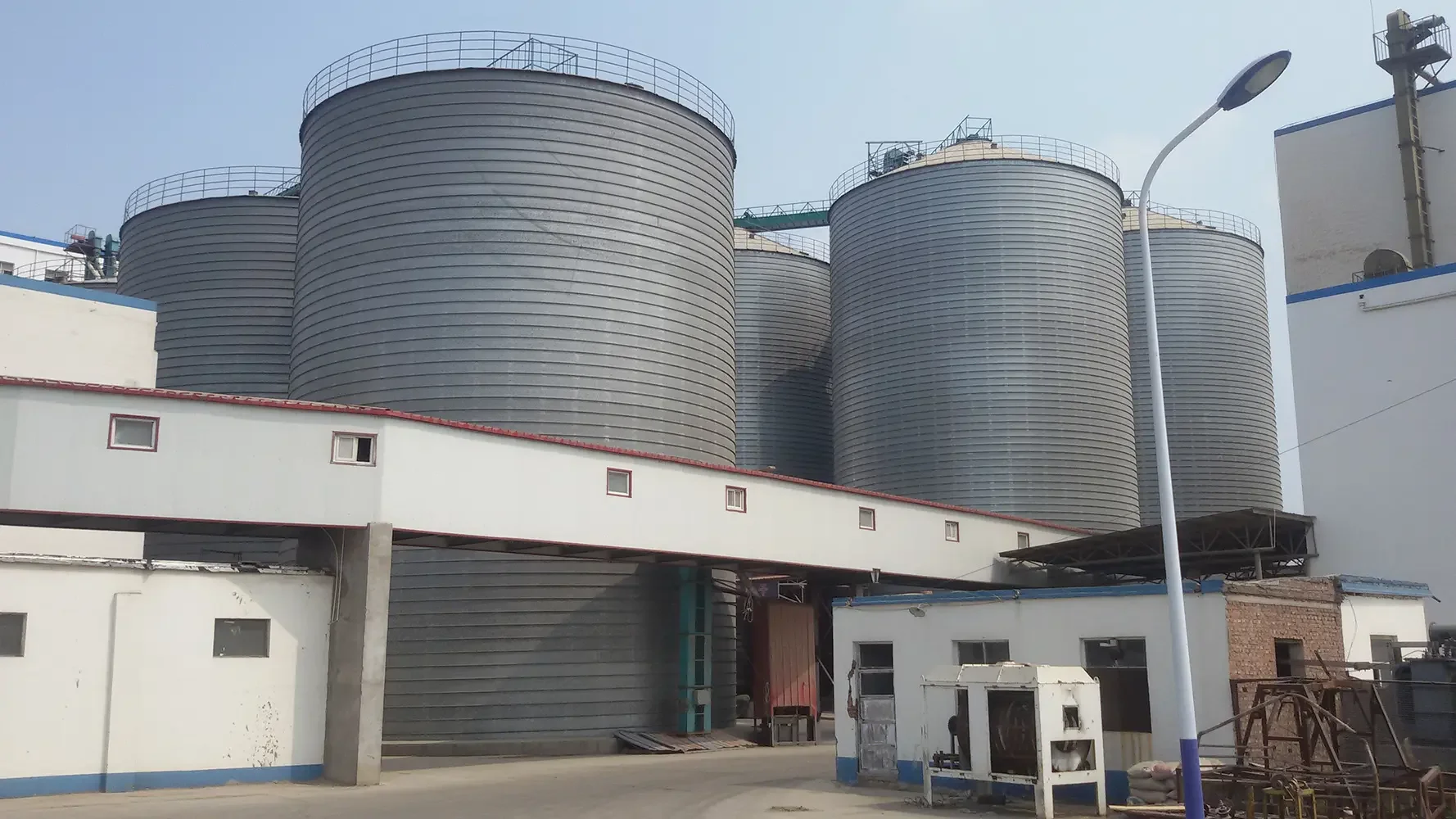
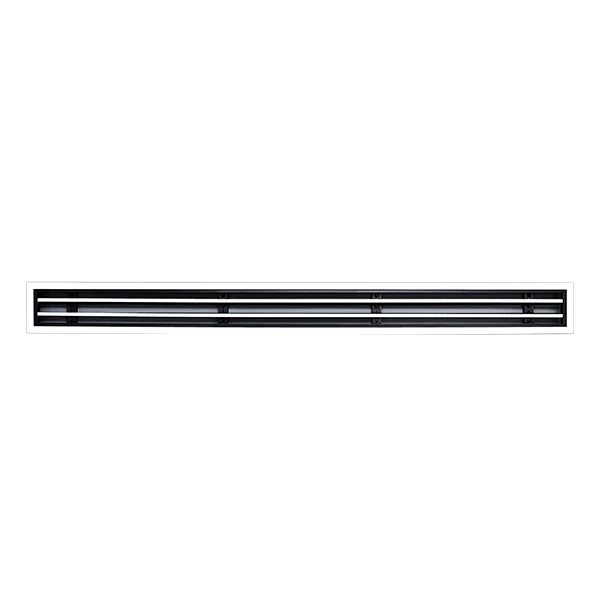
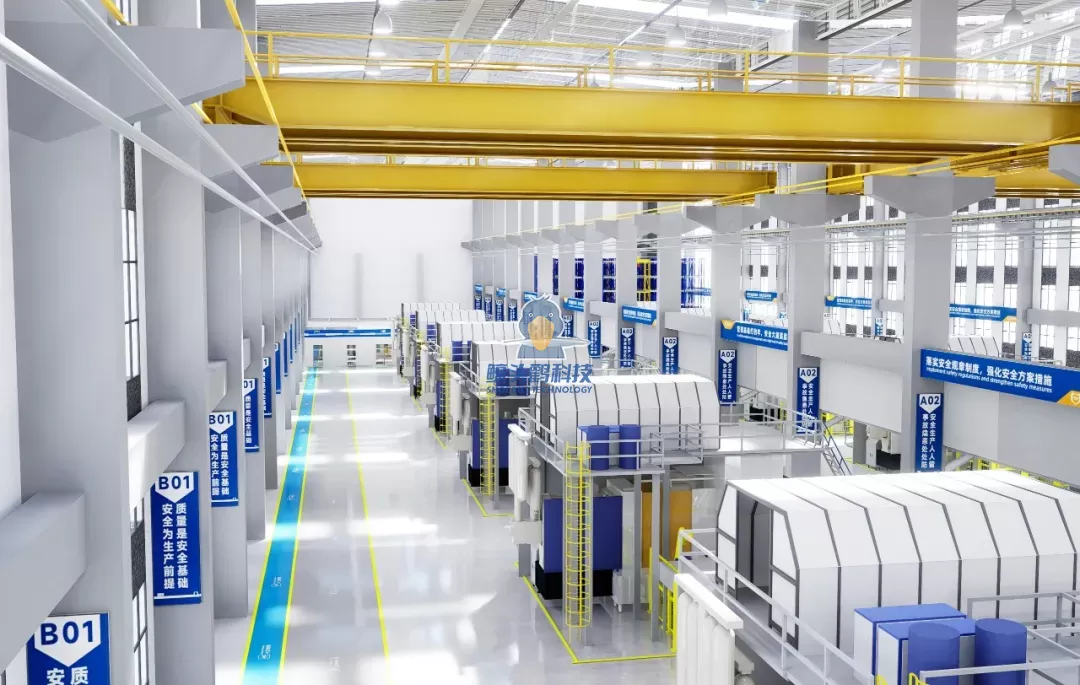

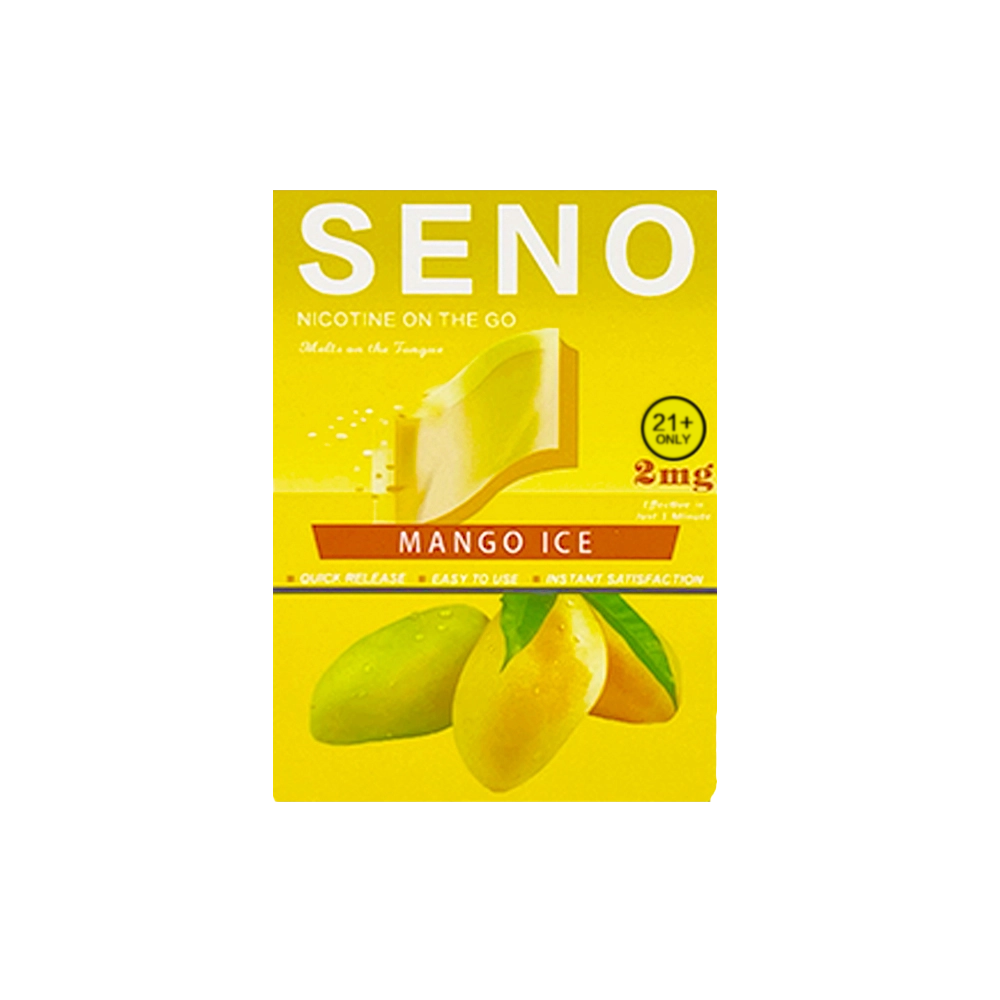
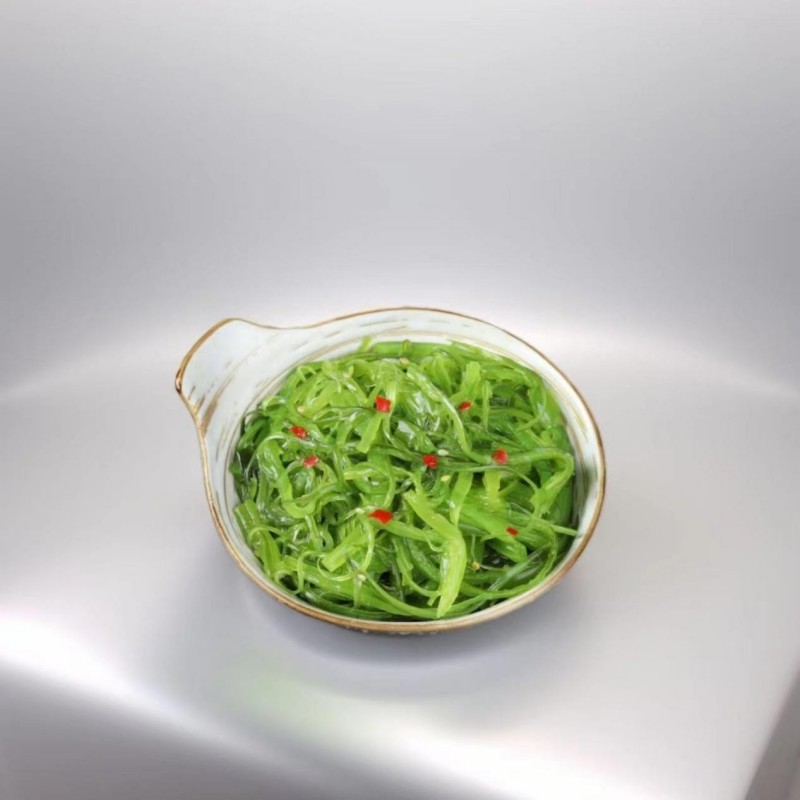

+ There are no comments
Add yours